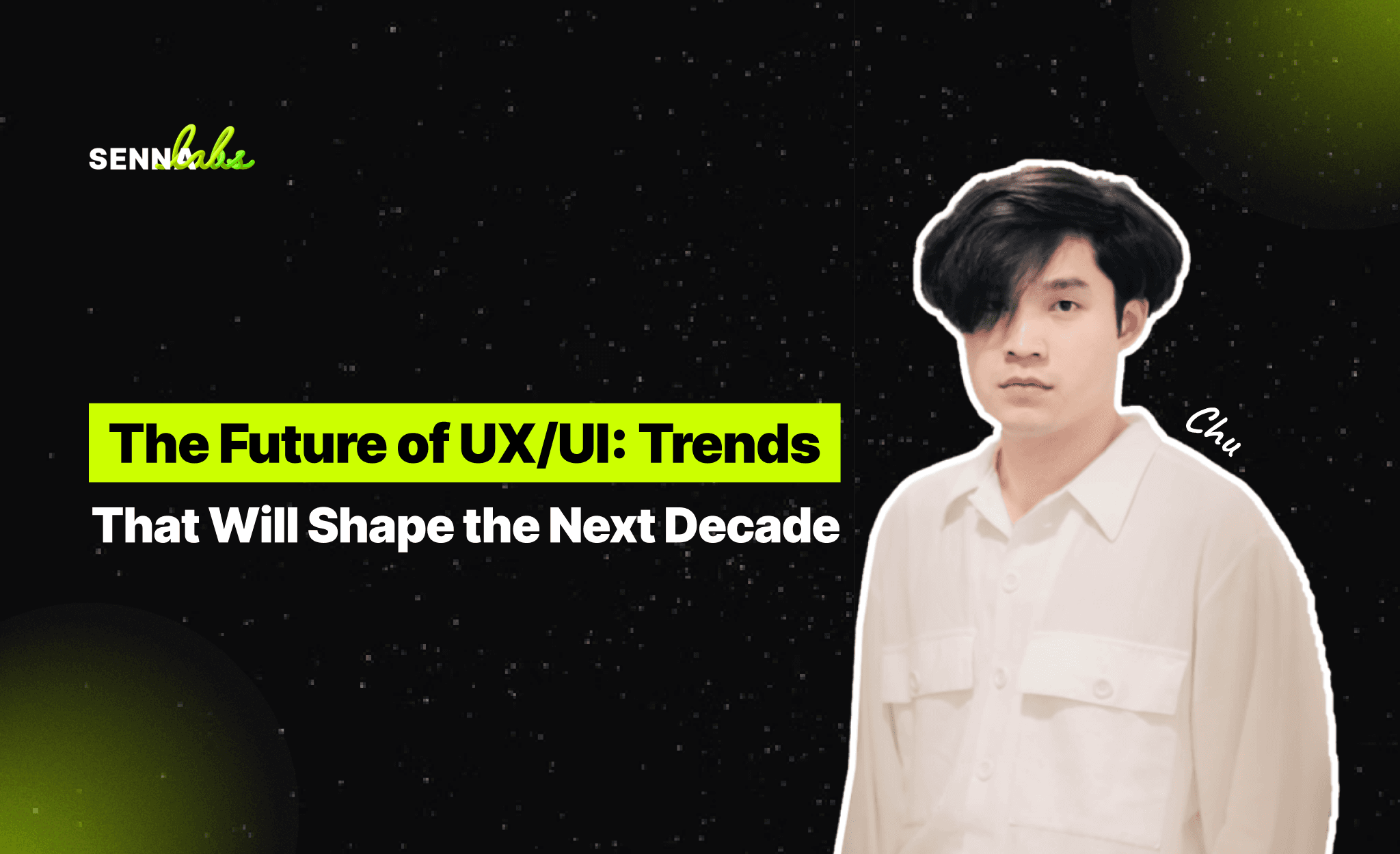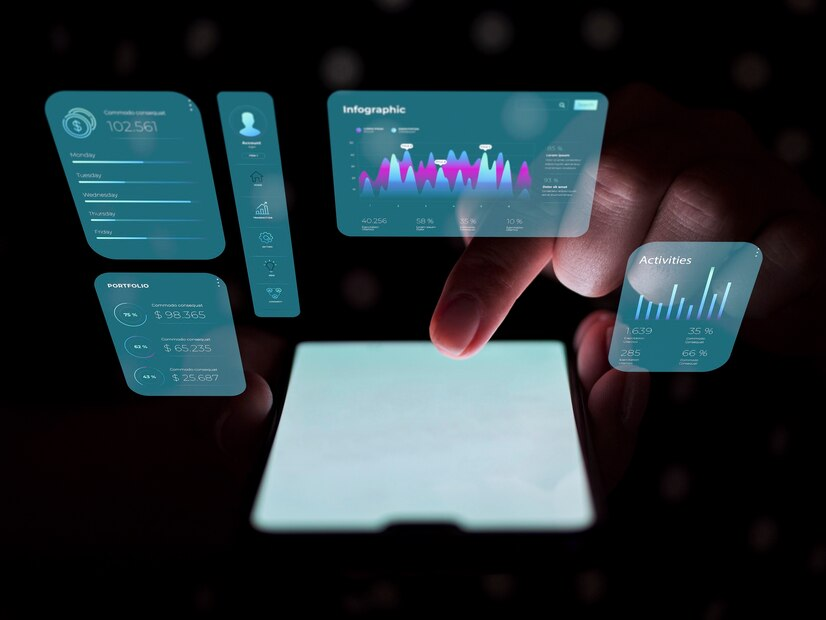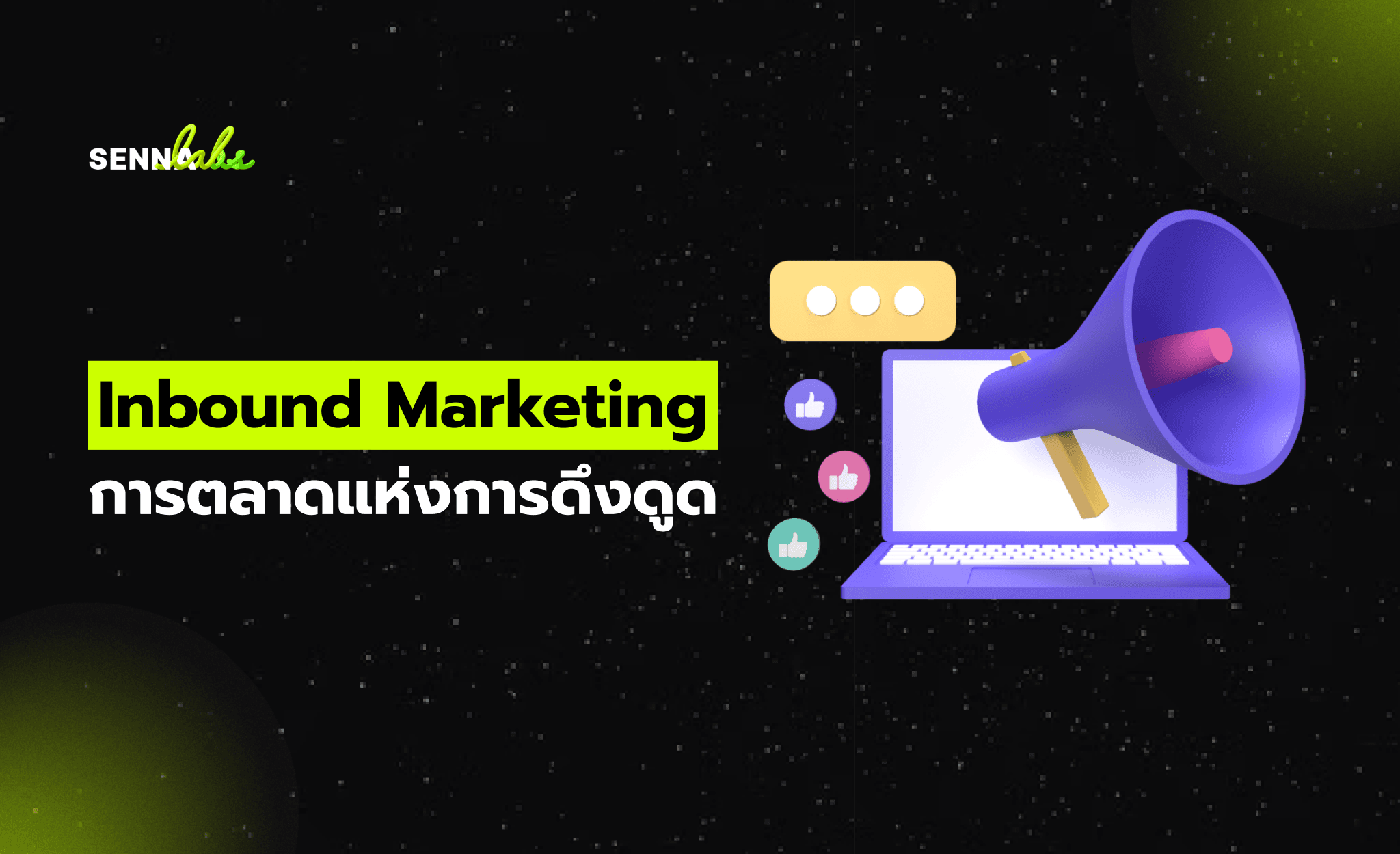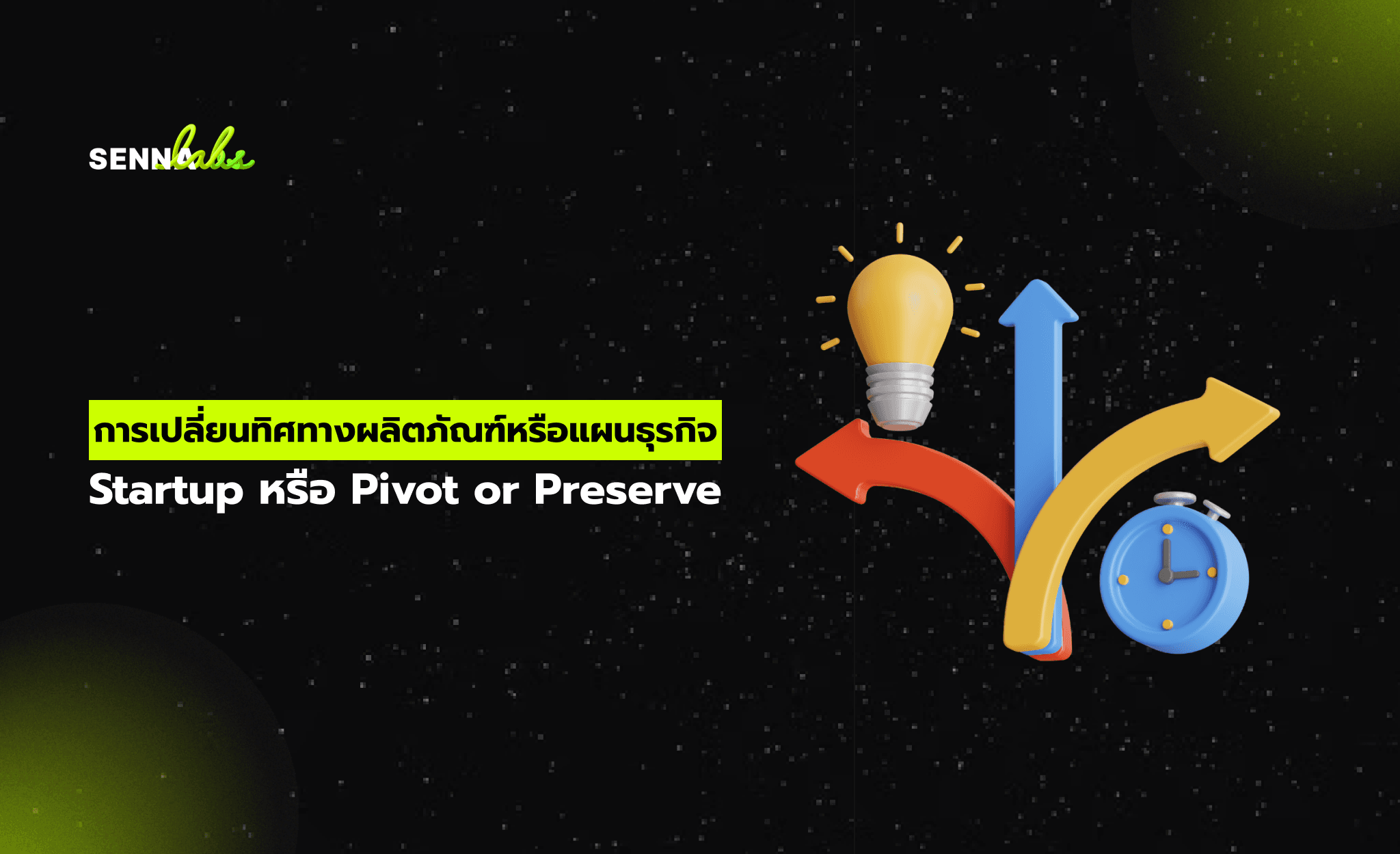The Future of UX/UI: Trends That Will Shape the Next Decade
Share

As technology continues to evolve, so does User Experience (UX) and User Interface (UI) design. Over the next decade, we will witness a transformation in how users interact with digital products, driven by AI, voice-controlled interfaces, augmented reality (AR), and hyper-personalization. The shift toward more intuitive and immersive experiences will redefine the way people engage with websites, applications, and smart devices.
This article explores the key UX/UI trends that will shape the future of digital design, using a real-world case study of a technology company that successfully implemented voice-controlled interfaces to improve accessibility and user convenience.

Case Study: A Tech Company Adopted Voice-Controlled Interfaces
A leading technology company noticed that users were seeking hands-free interaction options due to convenience and accessibility needs. Many users preferred voice commands over traditional touch or typing interactions for tasks such as searching for content, navigating apps, and controlling smart devices.
UX/UI Changes Implemented
To enhance the user experience, the company:
-
Integrated voice commands into its website and mobile app.
-
Optimized the UI to provide real-time feedback when voice commands were used.
-
Added AI-powered natural language processing (NLP) to improve accuracy.
Results:
-
User engagement increased by 40% among voice-command users.
-
Accessibility improved for visually impaired and mobility-restricted users.
-
The company established itself as an innovator in hands-free digital interactions.
The Evolution of UX/UI: Key Trends for the Next Decade
1. Voice-Driven Interfaces Will Become the Norm
Voice assistants like Siri, Alexa, and Google Assistant have already demonstrated the potential of voice-controlled UI. Over the next decade, voice commands will become a primary method of interacting with digital platforms.
What to Expect:
-
More websites and apps integrating voice search and navigation.
-
AI-powered assistants providing personalized, conversational experiences.
-
Multimodal interaction, combining voice, touch, and gesture controls for seamless UX.
2. AI-Driven Personalization Will Redefine UX
AI-powered UX is shifting from static designs to dynamic, user-adaptive interfaces.
What to Expect:
-
AI-driven UI adjustments based on user behavior and preferences.
-
Smart interfaces that predict and personalize content in real time.
-
AI-powered chatbots and virtual assistants offering human-like interactions.
3. Augmented Reality (AR) and Virtual Reality (VR) Will Transform UI
AR and VR are bridging the gap between digital and physical experiences.
What to Expect:
-
AR-powered product previews, allowing users to "try before they buy."
-
VR-based immersive experiences for training, e-commerce, and remote collaboration.
-
3D interfaces replacing traditional 2D navigation.
4. Zero-UI and Gesture-Based Navigation Will Gain Popularity
The Zero-UI concept removes traditional buttons and text inputs in favor of gestures, voice, and biometrics.
What to Expect:
-
UI that responds to eye movements, facial expressions, and hand gestures.
-
Screenless experiences in smart home devices, wearables, and automotive interfaces.
-
Gesture-based control in AR/VR applications.
5. Dark Mode and Adaptive UI Will Improve Accessibility
Dark mode has already gained popularity, but future UI designs will go further with adaptive UI that automatically adjusts based on the user's environment and device.
What to Expect:
-
Auto-adjusting color schemes based on time of day and ambient light.
-
Accessibility-first design, including font scaling and real-time UI adjustments.
-
UI themes that adapt to user preferences without requiring manual adjustments.
3. Designing for the Future: UX/UI Best Practices
To stay ahead in the evolving digital landscape, designers must adopt new principles that enhance user experiences.
Best Practices for Future UX/UI Design
-
Design for Voice and AI Interactions
-
Incorporate conversational interfaces that feel natural.
-
Provide audio and visual feedback to confirm voice commands.
-
Embrace Minimalist and Zero-UI Design
-
Reduce clutter and unnecessary elements in interfaces.
-
Optimize gesture-based navigation for intuitive control.
-
Leverage AI for Smarter, Predictive UI
-
Use machine learning to tailor experiences to individual users.
-
Implement smart recommendations and automated workflows.
-
Ensure AR/VR Compatibility
-
Design 3D-friendly interfaces for emerging AR/VR applications.
-
Enable gesture and motion tracking for immersive experiences.
-
Prioritize Accessibility and Inclusive Design
-
Build interfaces that accommodate users with disabilities.
-
Offer dynamic UI adjustments based on user needs.
4. Summary: How UX/UI Will Evolve Over the Next Decade
Key Takeaways
-
Voice-controlled interfaces will become mainstream, making digital experiences more hands-free and accessible.
-
AI-driven personalization will dynamically adjust UI elements to user preferences and behaviors.
-
AR and VR will revolutionize UI design, offering immersive and interactive experiences.
-
Zero-UI and gesture-based navigation will reduce reliance on traditional interfaces.
-
Adaptive UI will improve accessibility, ensuring usability across diverse user groups.
Conclusion
The future of UX/UI is defined by intelligent, adaptive, and immersive experiences. Designers and businesses that embrace voice interaction, AI-driven personalization, and emerging technologies will create digital platforms that are more engaging, intuitive, and accessible.
As the digital landscape continues to evolve, UX/UI innovation will play a crucial role in shaping how users interact with technology in the next decade and beyond.

Share

Keep me postedto follow product news, latest in technology, solutions, and updates
Related articles
Explore all


